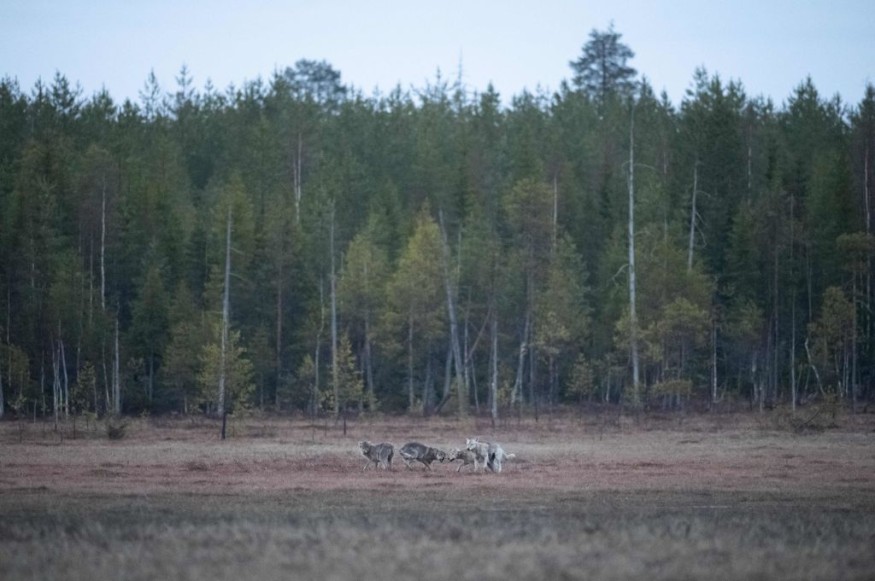
According to a new study, a mummified puppy unearthed in Siberia is definitely not a dog. The charming and adorable "dog" is apparently a juvenile wolf.
The Mummified Pup Turns Out to be a Wolf
Experts investigated the DNA of the canine, as well as the genotypes of 72 prehistoric wolves, in a novel investigation focused at comprehending dog evolution, Live Science covered.
The puppy, dubbed "Dogor," was discovered in the Siberian tundra in 2018 and whose provenance was thus questioned while now. It was entirely whole, with nice fur and undamaged eyebrows.
Researchers cannot really determine if the 18,000-year-old youngster was a wolf or a dog initially, however a fresh examination indicated that it is definitely a wolf - and that it wasn't linked to the earliest canines.
According to Anders Bergström, a postdoctoral associate in historical genomes at the Francis Crick Institute in London, researchers confirm that canines were the very earliest tamed species far down in the glacial period.
Bergström together with his associates investigated 66 never-before-sequenced historic wolf sequences, as well as the genetic data of five earlier decoded historical wolves and one old dhole, a certain kind of feral dog currently present in Asian countries.
The experts believe that looking at wolves from the period when dogs were tamed - around approximately 30,000 and 14,000 years ago - is critical in determining the nearest wolf forebears of the first canines.
Canines are much more tightly linked to prehistoric wolves from eastern Eurasia than it is to old wolves from western Eurasia, according to the experts.
While as shown in the recent publication under Nature, canines were obviously bred from wolves (Canis lupus), however current wolf DNA have altered far too much through time to tell which wolves abandoned their natural ways to work with humankind.
Northeast Siberia, wherein Dogor was discovered, somehow doesn't seem to be the starting point for the evolutionary mutations, according to Bergström, because wolves from this territory are really not intimately associated to the earliest canines.
The hypothesis is that canines were tamed in Asia, and when they spread west, they interbred with localized wolf herds, introducing western Eurasian wolf genetics.
The 18-Year-Old Mummified Pup 'Dogor'
However, there are far more regions in Asia wherein prehistoric wolf Genetic material are yet to be gathered and investigated, so the pre-dog wolves might have come from somewhere which has yet to be tested.
As to Smithsonian Magazine cover, whatever transpired, according to the researcher, it had to exist approximately 7,200 years back, which would be the period of the earliest dog discovered in the Near East.
Researchers could be capable to tell further on whether it was a solitary phase or two domestication events if we have even older dog DNA from the Near East or that broad vicinity.
The scientists additionally discovered that canines from the Near East and Africa derive a portion of their DNA from an undiscovered western Eurasian origin.
One possibility is that breeding happened repeatedly, first in an easterly and once in a relatively westerly region, and that canines from all breeding episodes ultimately mingled.
The investigators were hunting for clues about the origins of tamed dogs (Canis lupus familiaris). This implies to researchers that taming occurred someplace in the East, presumably in Asia, and most likely not in Europe. The genomics indicated that wolves survived the ice period and had an interconnected species, The New York Times posted.
© 2025 NatureWorldNews.com All rights reserved. Do not reproduce without permission.





